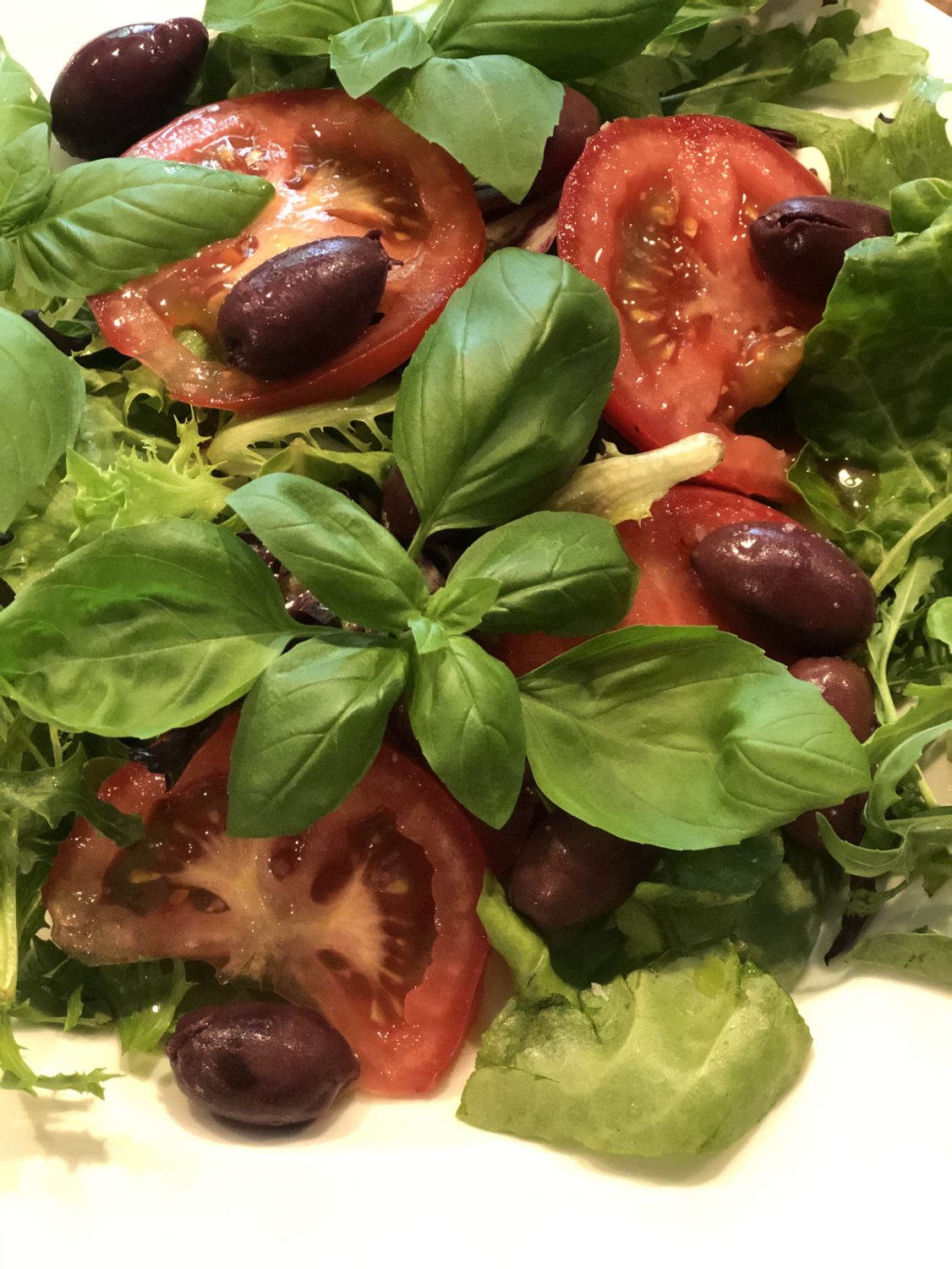I am often in awe of the innate wisdom of nature to provide for us through plants that contain such unique compounds that not only gift us with the fuel to run our bodies, the vitamins and minerals that power all our complex biochemical reactions, but also the bitter bioactive compounds that can enhance our overall health. There are broad reaching effects of bitters on the human body.
We now know that there at least fifty different bitter taste receptors throughout the body that not only participate in our sensory system, but also play extremely important roles in digestion and metabolism. These bitter taste receptors can sense literally thousands of different bitter compounds found in our food.
Furthermore, these bitter taste receptors that bind bioactive compounds found in plants can have epigenetic effects, ultimately activating our DNA to help express optimal health potential. These bitter phytochemicals are known to play a role in prevention of a number of chronic disease including diabetes, cancer and cardiovascular disease.
Familiar examples of foods that contain bitters include kale, green tea and lemons. In my book, The Bitter Prescription, I delve deep into dietary sources of bitters.
Unfortunately, modern food production, and ultra-processing of foods, can strip the bitter compounds out of foods. Genetic modification of plants is an intentional way of changing the flavor profile to select for sweeter flavor and less bitter flavor. It is a well known fact that the food industry removes phenols and flavonoids, isoflavones, terpenes, and glucosinolates from plant foods through selective breeding and a variety of debittering processes.
Food chemists have taken the approach that these bitter phytonutrients are undesirable to the consumer palate and are therefore expendable. They come from the perspective that people spend more money on food for the taste, not the long term health benefits.
Debittering of the human diet is a massive public health problem. Bitter phytonutrients are involved in prevention of many chronic diseases. As consumers have become accustomed to the taste of non-bitter foods, as a direct result of the food industry, it poses a unique challenge for our society. I believe the solution will come through widespread education and spreading awareness of the problem we are facing, which is one of the intentions of my book, The Bitter Prescription.
As a culture, we are dealing with widespread obesity and skyrocketing rates of type 2 diabetes. I suspect part of the problem has been changing the balance of sweet and bitter compounds in our food supply, which can impact our cravings for sweets. When we consume more sweet tasting compounds and less bitter ones, we end up craving more sweets. The occurrence of bitters in the diet is really important for regulation of appetite.
So what do we do to get more of these bitter compounds in our diet in light of this issue of debittering our modern food supply ? One sure way to get more bitters is to start growing and buying heirloom varieties of vegetables and fruits in an attempt to get closer to the dietary phytonutrient profile we consumed many years ago. If you have ever tasted a freshly picked heirloom tomato, it tastes completely different than your standard tomato in the grocery store. The good news is that more grocery stores are carrying heirloom produce and you can easily find heirloom plants through local CSAs and farmer’s markets.

